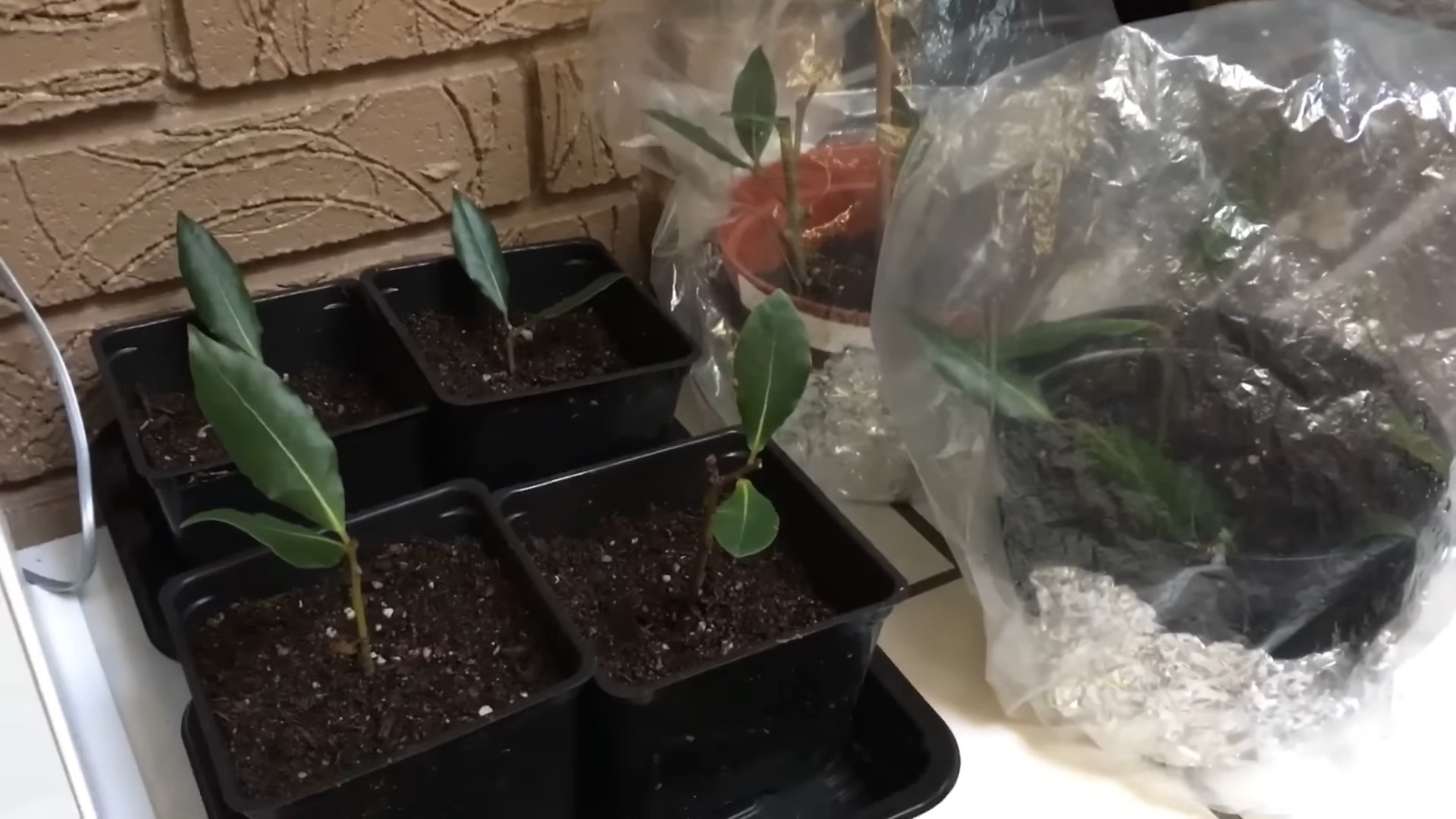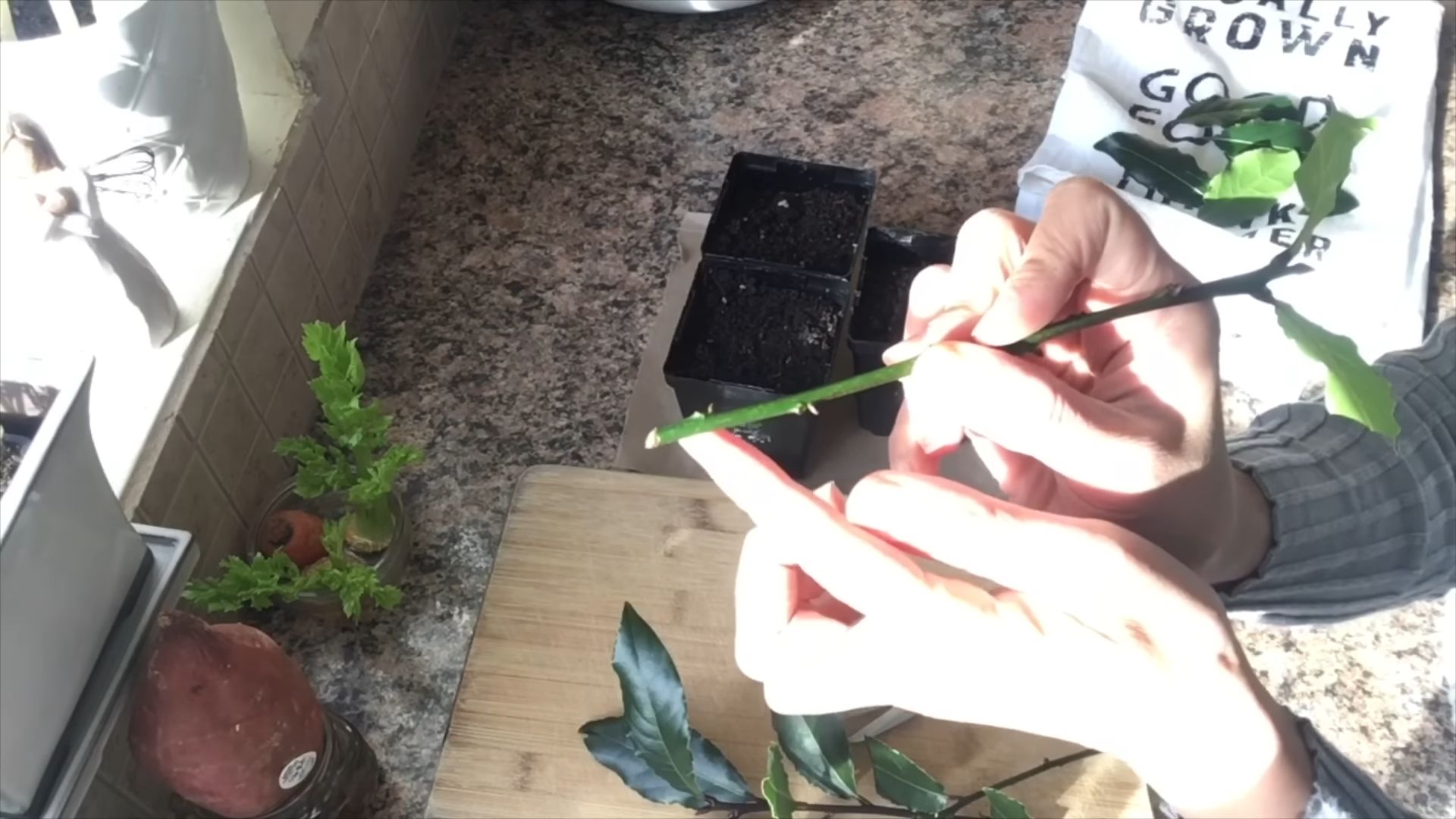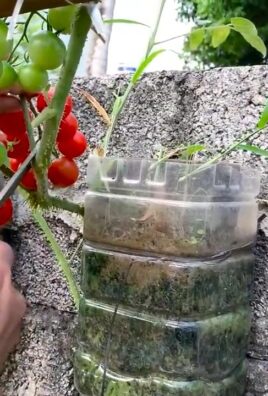Home Gardening Turnip Tips are your secret weapon to unlocking a bountiful harvest of these often-overlooked root vegetables! Have you ever dreamt of pulling crisp, sweet turnips straight from your own backyard? It’s easier than you think, and I’m here to guide you through every step of the process with some simple, yet effective, DIY tricks.
Turnips have a rich history, dating back to ancient Rome and Greece, where they were a staple food. They’ve nourished civilizations for centuries, and now it’s your turn to experience the joy of growing them yourself. But let’s face it, sometimes gardening can feel overwhelming, especially when you’re trying to navigate the nuances of specific vegetables. That’s where these DIY hacks come in!
Many gardeners struggle with common turnip-growing issues like pest infestations, poor soil conditions, or simply not knowing the optimal planting time. These problems can lead to disappointing yields and a lot of wasted effort. But don’t worry, I’ve compiled a collection of practical and easy-to-implement home gardening turnip tips that will help you overcome these challenges and achieve a thriving turnip patch. From soil preparation secrets to natural pest control methods, I’ll share my tried-and-true techniques to ensure you enjoy a delicious and rewarding harvest. Let’s get our hands dirty and grow some amazing turnips!

Grow Your Own Delicious Turnips: A Beginner’s Guide
Hey there, fellow garden enthusiasts! I’m so excited to share my tips and tricks for growing your own turnips. These root vegetables are surprisingly easy to cultivate, and nothing beats the taste of freshly harvested, homegrown turnips. Plus, you can eat both the roots and the greens, making them a super versatile addition to your garden. Let’s get started!
Choosing the Right Turnip Variety
Before you even think about digging in the dirt, you need to decide which turnip variety is right for you. There are tons of options, each with its own unique characteristics. Here are a few of my favorites:
* **Purple Top White Globe:** This is a classic, reliable variety that produces large, round roots with a beautiful purple top. It’s known for its mild flavor and good storage capabilities.
* **Tokyo Cross:** If you’re looking for something quick and easy, Tokyo Cross is your best bet. It matures incredibly fast (around 30 days!) and produces small, tender roots.
* **Golden Ball:** As the name suggests, this variety produces golden-yellow roots with a sweet, mild flavor. It’s a great choice for roasting or adding to soups.
* **Seven Top:** This variety is grown primarily for its greens, which are incredibly nutritious and flavorful. The roots are edible too, but they tend to be smaller and less flavorful than other varieties.
Consider your climate, growing space, and taste preferences when making your decision. I usually grow a mix of varieties to have a continuous harvest throughout the season.
Preparing Your Garden Bed
Turnips thrive in well-drained, fertile soil. Here’s how I prepare my garden bed for optimal turnip growth:
* **Sunlight:** Choose a location that receives at least 6 hours of sunlight per day. Turnips can tolerate some shade, but they’ll produce the best yields in full sun.
* **Soil Testing:** Before planting, it’s a good idea to test your soil’s pH. Turnips prefer a slightly acidic soil with a pH between 6.0 and 6.5. You can purchase a soil testing kit at most garden centers.
* **Soil Amendment:** Amend your soil with plenty of organic matter, such as compost or well-rotted manure. This will improve drainage, fertility, and water retention. I usually add a few inches of compost to my garden bed and work it in thoroughly.
* **Loosening the Soil:** Turnips need loose soil to develop properly. Use a garden fork or tiller to loosen the soil to a depth of at least 12 inches. This will allow the roots to grow freely without being constricted.
* **Removing Rocks and Debris:** Remove any rocks, sticks, or other debris from the garden bed. These can interfere with root development and make it difficult to harvest your turnips.
Planting Turnip Seeds
Now comes the fun part – planting the seeds! Here’s my step-by-step guide:
1. **Timing is Key:** Turnips are a cool-season crop, so the best time to plant them is in early spring or late summer. For a spring crop, sow seeds 2-4 weeks before the last expected frost. For a fall crop, sow seeds 6-8 weeks before the first expected frost. I usually aim for late August for my fall crop.
2. **Direct Sowing:** Turnips are best direct-sown, meaning you plant the seeds directly into the garden bed. They don’t transplant well, so starting them indoors is generally not recommended.
3. **Sowing Depth and Spacing:** Sow the seeds about ½ inch deep and 1 inch apart in rows that are 12-18 inches apart. I like to use a seed drill to create even rows, but you can also just use your finger to make a small trench.
4. **Covering the Seeds:** Gently cover the seeds with soil and water thoroughly. Keep the soil consistently moist until the seeds germinate, which usually takes about 5-7 days.
5. **Thinning Seedlings:** Once the seedlings emerge, thin them to 3-6 inches apart. This will give them enough space to grow and develop properly. Don’t throw away the thinnings! You can eat them as microgreens.
Caring for Your Turnip Plants
Once your turnip seedlings are established, it’s important to provide them with the care they need to thrive. Here’s what I do:
* **Watering:** Turnips need consistent moisture to grow well. Water them regularly, especially during dry spells. Aim for about 1 inch of water per week. I use a soaker hose to water my turnip plants, which delivers water directly to the roots and minimizes water loss through evaporation.
* **Weeding:** Keep your garden bed free of weeds, which can compete with your turnip plants for nutrients and water. Hand-pull weeds regularly or use a hoe to cultivate the soil around your plants. I also like to use mulch to suppress weed growth and retain moisture in the soil.
* **Fertilizing:** Turnips are relatively light feeders, but they can benefit from a side dressing of fertilizer a few weeks after planting. I use a balanced organic fertilizer, such as 10-10-10, and apply it according to the package directions.
* **Pest Control:** Turnips can be susceptible to a few common pests, such as flea beetles and aphids. I usually inspect my plants regularly for signs of infestation and take action if necessary. For flea beetles, I use row covers to protect my plants. For aphids, I spray them with a strong stream of water or use insecticidal soap.
* **Disease Prevention:** Turnips are generally disease-resistant, but they can be affected by fungal diseases such as powdery mildew. To prevent these diseases, make sure your plants have good air circulation and avoid overhead watering. If you notice any signs of disease, remove the affected leaves immediately.
Harvesting Your Turnips
The moment you’ve been waiting for! Harvesting your turnips is the most rewarding part of the process. Here’s how I do it:
1. **Harvest Time:** Turnips are typically ready to harvest 50-60 days after planting, depending on the variety. You can harvest them when the roots are 2-3 inches in diameter. For turnip greens, you can start harvesting them when they are about 6 inches tall.
2. **Harvesting the Roots:** To harvest the roots, gently loosen the soil around the plant with a garden fork. Then, grasp the greens near the base of the plant and pull firmly. If the soil is dry, you may need to water it beforehand to make it easier to pull the turnips.
3. **Harvesting the Greens:** To harvest the greens, simply cut them off with a sharp knife, leaving about 1-2 inches of stem attached. You can harvest the greens multiple times throughout the growing season.
4. **Cleaning and Storing:** After harvesting, wash the turnips and greens thoroughly. Store the roots in a cool, dark place, such as a root cellar or refrigerator. The greens should be used within a few days. I like to wrap the greens in a damp paper towel and store them in a plastic bag in the refrigerator.
Enjoying Your Homegrown Turnips
Now that you’ve harvested your turnips, it’s time to enjoy them! There are countless ways to prepare these versatile vegetables. Here are a few of my favorite recipes:
* **Roasted Turnips:** Toss turnip cubes with olive oil, salt, pepper, and your favorite herbs, then roast them in the oven until tender and slightly caramelized.
* **Mashed Turnips:** Boil turnip cubes until tender, then mash them with butter, milk, and salt.
* **Turnip Greens:** Sauté turnip greens with garlic, olive oil, and a pinch of red pepper flakes.
* **Turnip Soup:** Add turnip cubes to your favorite vegetable soup recipe.
* **Pickled Turnips:** Pickle turnip slices in a vinegar brine for a tangy and refreshing snack.
Growing your own turnips is a rewarding experience that will provide you with fresh, nutritious vegetables throughout the season. With a little bit of planning and care, you can enjoy a bountiful harvest of delicious turnips from your own backyard. Happy gardening!

Conclusion
So, there you have it! Mastering the art of home gardening turnips isn’t as daunting as it might seem. By following these simple yet effective tips, you’re well on your way to harvesting a bounty of crisp, delicious turnips right from your own backyard. We’ve covered everything from soil preparation and seed selection to watering techniques and pest control, equipping you with the knowledge to cultivate thriving turnip plants.
But why is this DIY approach to growing turnips a must-try? Firstly, it offers unparalleled freshness. Imagine the satisfaction of plucking a turnip straight from the earth and incorporating it into your next meal. The flavor is simply unmatched by store-bought varieties, which often lack the vibrancy and sweetness of homegrown produce. Secondly, it’s incredibly rewarding. Witnessing the entire life cycle of a plant, from tiny seed to mature root, is a deeply fulfilling experience that connects you to nature in a tangible way. Thirdly, it’s cost-effective. Once you’ve invested in the initial supplies, growing your own turnips can significantly reduce your grocery bill, especially if you’re a frequent consumer of this versatile vegetable.
Don’t be afraid to experiment with different varieties of turnips to find your favorites. Consider trying ‘Purple Top White Globe’ for its classic flavor and vibrant color, or ‘Golden Ball’ for its sweet and mild taste. You can also adjust the planting schedule to extend your harvest season, ensuring a continuous supply of fresh turnips throughout the year. Companion planting is another avenue to explore. Marigolds, for example, can help deter pests, while legumes like beans can enrich the soil with nitrogen.
Furthermore, think beyond just the turnip root. The greens are also incredibly nutritious and delicious. They can be sautéed, steamed, or added to soups and stews for a boost of vitamins and minerals. Don’t let them go to waste!
We strongly encourage you to give these home gardening turnip tips a try. It’s a journey of discovery, learning, and ultimately, delicious rewards. Remember to document your progress, take photos, and share your experiences with us and other gardening enthusiasts. What challenges did you face? What successes did you celebrate? What unique techniques did you develop? Your insights can help others on their own turnip-growing adventures.
So, grab your gardening gloves, prepare your soil, and get ready to experience the joy of growing your own turnips. We’re confident that you’ll be amazed by the results. Happy gardening!
Frequently Asked Questions (FAQ)
What is the best time of year to plant turnips?
Turnips are a cool-season crop, meaning they thrive in cooler temperatures. The best time to plant turnips is typically in the spring or fall. For a spring crop, sow seeds 2-3 weeks before the last expected frost. For a fall crop, plant seeds 6-8 weeks before the first expected frost. This allows the turnips to mature before the ground freezes. In warmer climates, you may be able to grow turnips throughout the winter.
How much sunlight do turnips need?
Turnips require at least 6 hours of direct sunlight per day to grow properly. Choose a planting location that receives ample sunlight throughout the day. If you live in a particularly hot climate, some afternoon shade can be beneficial to prevent the plants from overheating.
What type of soil is best for growing turnips?
Turnips prefer well-drained, fertile soil with a pH between 6.0 and 6.8. Before planting, amend the soil with compost or other organic matter to improve drainage and fertility. Avoid heavy clay soils, as they can become waterlogged and hinder root development. If you have clay soil, consider adding sand or other amendments to improve drainage.
How often should I water my turnip plants?
Turnips need consistent moisture to grow properly. Water deeply and regularly, especially during dry periods. Aim to keep the soil consistently moist but not waterlogged. A good rule of thumb is to water when the top inch of soil feels dry to the touch. Mulching around the plants can help retain moisture and suppress weeds.
What are some common pests and diseases that affect turnips?
Turnips can be susceptible to various pests and diseases, including aphids, flea beetles, root maggots, and clubroot. Regularly inspect your plants for signs of infestation or disease. Use organic pest control methods, such as insecticidal soap or neem oil, to control pests. To prevent diseases, practice crop rotation and ensure good soil drainage. If you suspect clubroot, amend the soil with lime to raise the pH.
How do I know when my turnips are ready to harvest?
Turnips are typically ready to harvest 50-60 days after planting. The size of the turnip will depend on the variety, but generally, they should be about 2-3 inches in diameter. You can gently loosen the soil around the turnip and pull it out of the ground. The greens can also be harvested at any time.
Can I eat the turnip greens?
Yes, turnip greens are edible and nutritious. They can be cooked in the same way as other leafy greens, such as spinach or kale. They can be sautéed, steamed, or added to soups and stews. Turnip greens are a good source of vitamins A, C, and K, as well as fiber and calcium.
How do I store turnips after harvesting?
To store turnips, remove the greens and wash the roots thoroughly. Store them in a cool, dark, and humid place, such as a root cellar or refrigerator. They can be stored for several months under the right conditions. The greens should be stored separately in the refrigerator and used within a few days.
Can I grow turnips in containers?
Yes, turnips can be grown in containers, but you’ll need to choose a large enough container to accommodate the root growth. A container that is at least 12 inches deep and 12 inches wide is recommended. Use a well-draining potting mix and provide adequate sunlight and water.
What are some good companion plants for turnips?
Good companion plants for turnips include legumes (such as beans and peas), which fix nitrogen in the soil, and aromatic herbs (such as rosemary and thyme), which can deter pests. Marigolds are also a good choice for pest control. Avoid planting turnips near other members of the brassica family, such as cabbage and broccoli, as they can attract the same pests and diseases.




Leave a Comment